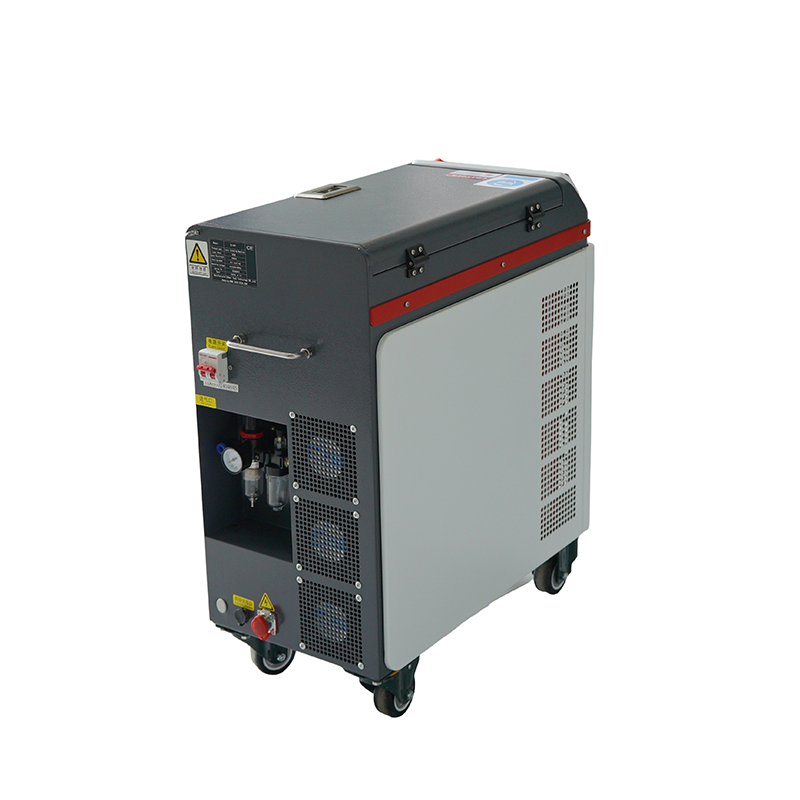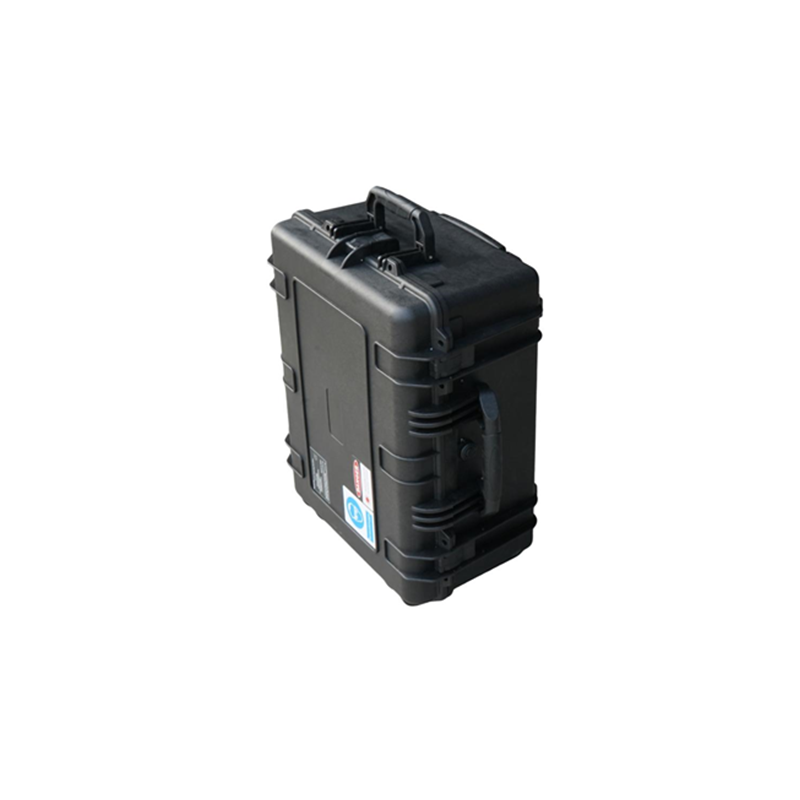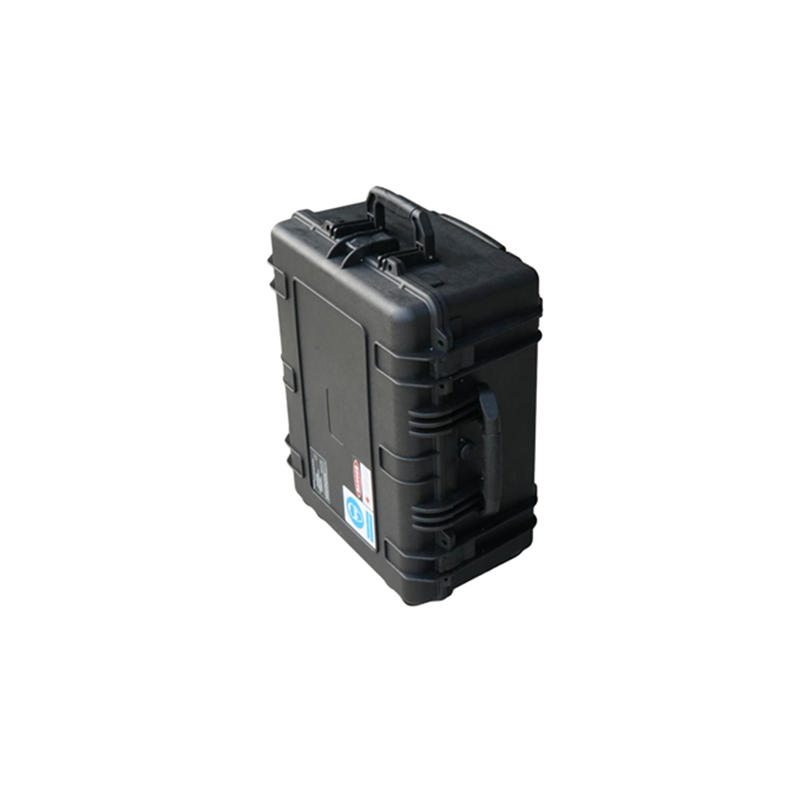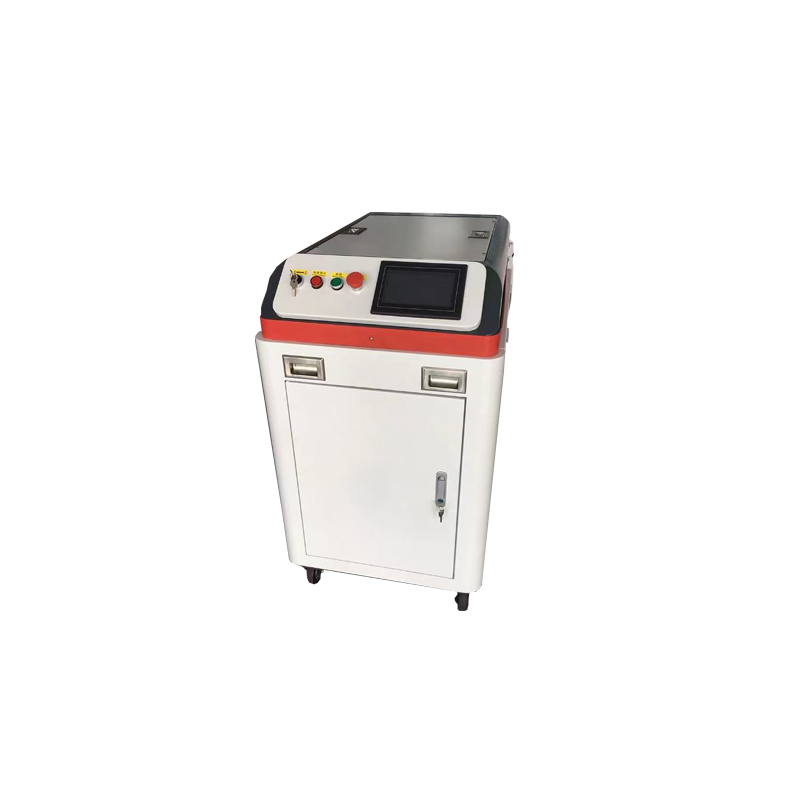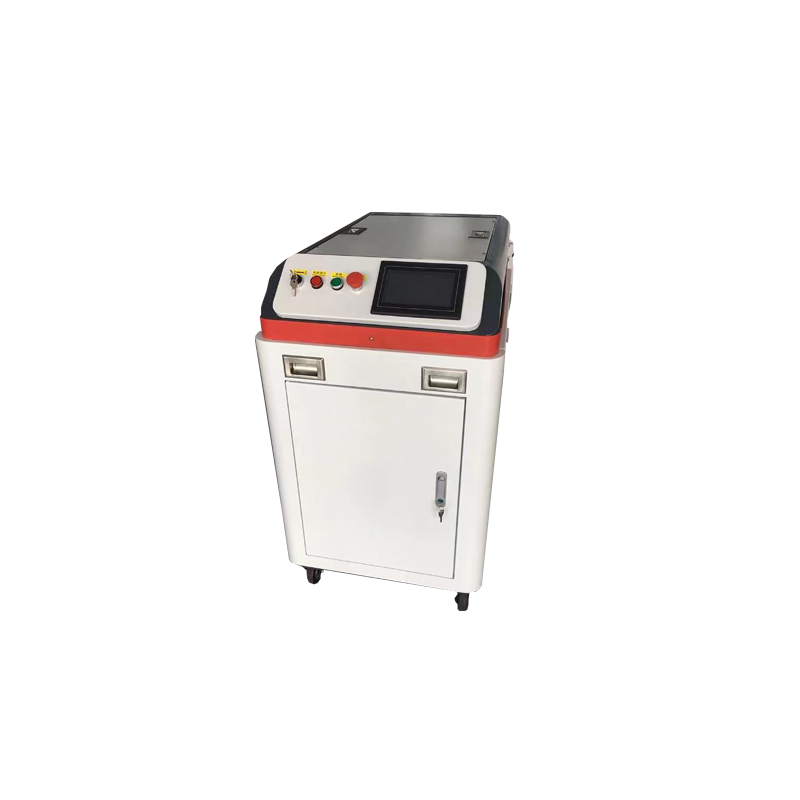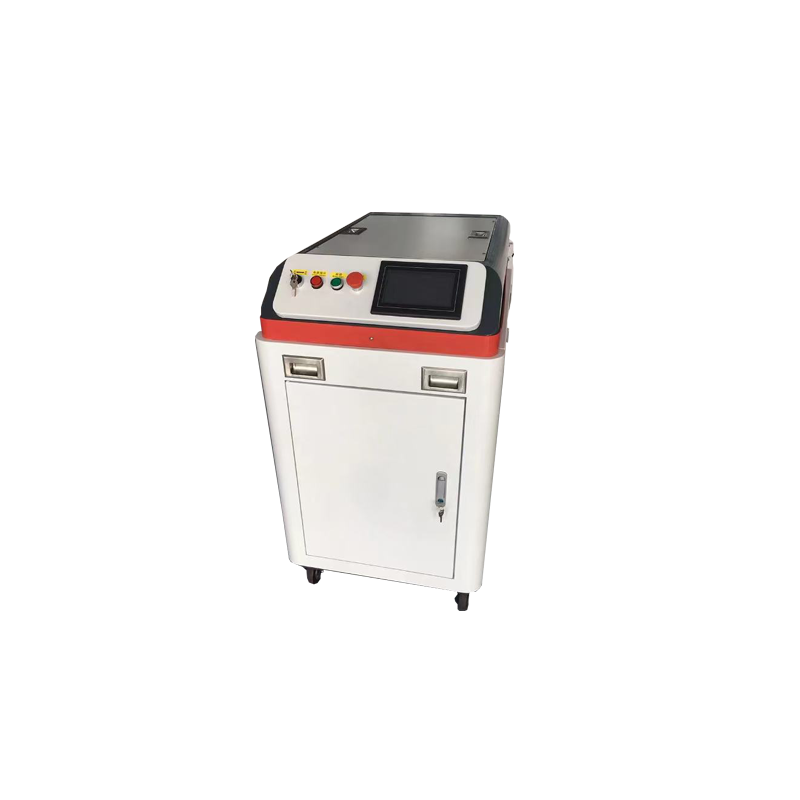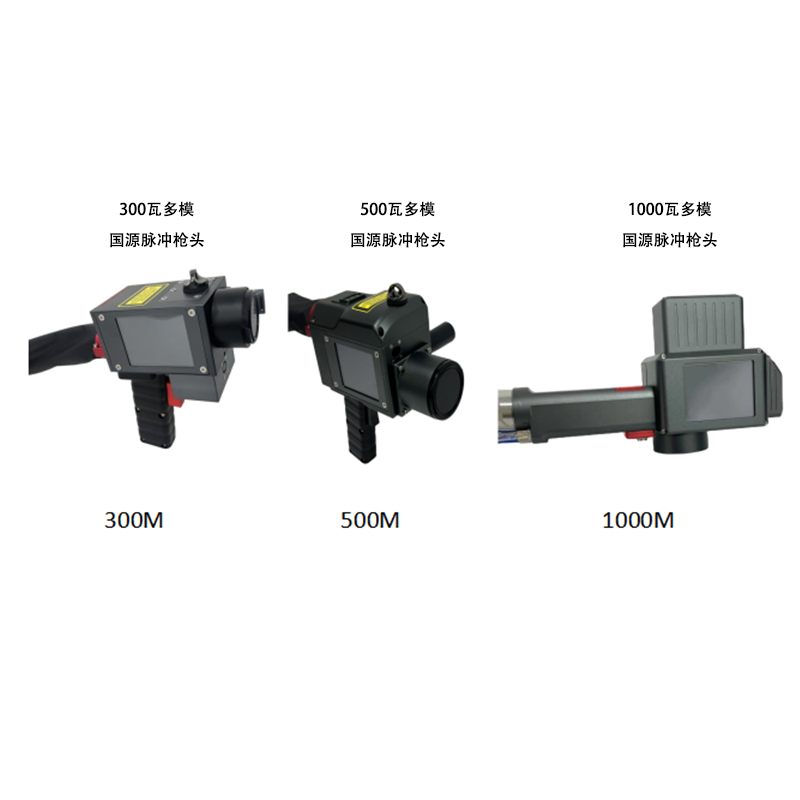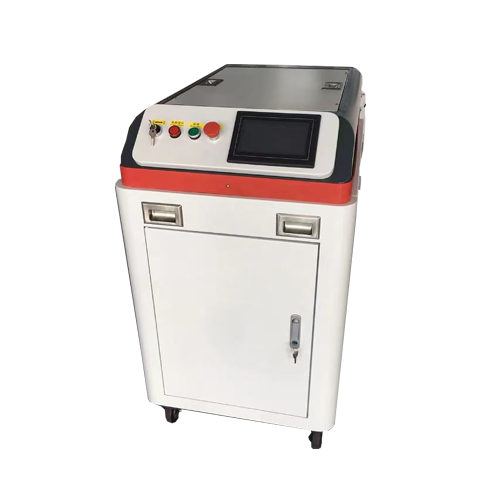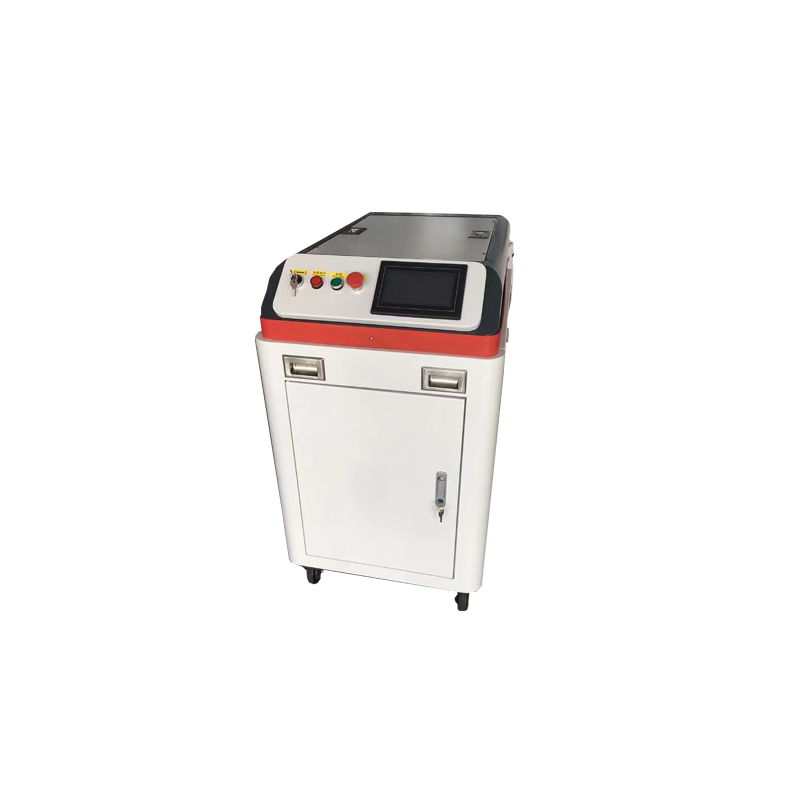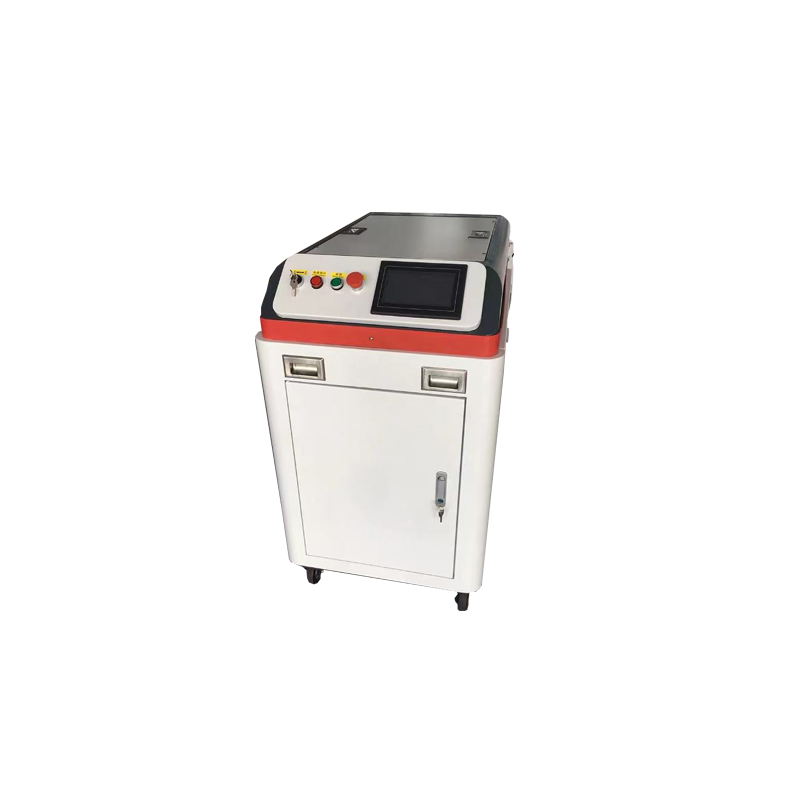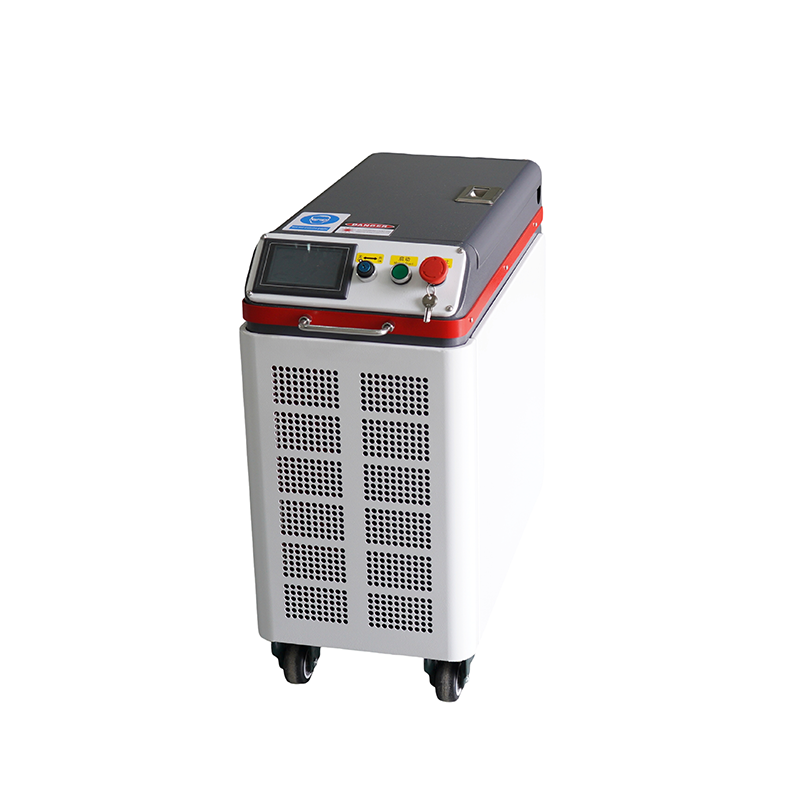Of course! Here is a detailed explanation of how a pulse laser cleaning machine works, broken down from the basic principle to the components and applications.
The Core Principle: Ablative Photodecomposition
At its heart, a pulsed laser cleaner works on a principle called Ablative Photodecomposition. This is a fancy term for a very precise process:
Ultra-Short Pulses: The laser doesn't emit a continuous beam. Instead, it fires extremely short, high-energy pulses of light (measured in nanoseconds or even femtoseconds).
Energy Absorption: The contaminant (e.g., rust, paint, oil) on the surface absorbs this intense, pulsed laser energy extremely rapidly.
Instantaneous Vaporization/Plasma Expansion: The absorbed energy causes the contaminant to heat up, vibrate, and expand millions of times faster than the underlying substrate (base material). This rapid expansion turns the contaminant into a plasma (a cloud of gas and particles) or directly causes it to vaporize.
Selective Ablation: The key is that the laser parameters (wavelength, pulse duration, energy) are tuned so that the contaminant's ablation threshold is exceeded, but the substrate's damage threshold is not. The laser energy is absorbed by the dirt but reflected or transmitted by the clean metal underneath, leaving it completely unharmed.
Ejection: The resulting plasma expansion creates a shockwave that forcefully ejects the vaporized material off the surface.
Think of it like using a sledgehammer versus a precise chisel. A continuous wave laser is like a sledgehammer—it heats everything. A pulsed laser is like a chisel—it delivers a sharp, precise impact that pops the contaminant off without transferring heat to the substrate.
The Step-by-Step Process in Action
Targeting: The operator positions the laser cleaning head a specific distance from the surface to be cleaned. The head is often connected to a robotic arm or a handheld unit for maneuverability.
Pulse Emission: When activated, the laser generator inside the machine creates a powerful pulse of light. The most common type of laser for this application is a Fiber Laser (typically 1064 nm wavelength).
Beam Delivery: This pulsed light travels through a flexible fiber-optic cable to the cleaning head.
Focusing and Scanning: Inside the cleaning head, lenses focus the laser beam to a specific spot size. Galvo scanners (fast-moving mirrors) can then rapidly move this focused spot across the surface in a pre-programmed pattern (e.g., a raster scan), ensuring even and efficient cleaning.
Interaction with Surface: The focused pulse hits the surface. The contaminant layer absorbs the energy and is instantly vaporized and ejected.
Fume Extraction: A critical part of the system is an integrated vacuum fume extractor. This suction nozzle, mounted around the laser head, immediately captures the ejected particles and fumes, preventing them from settling back onto the surface or becoming an airborne health hazard.
Result: The process leaves behind a clean, undamaged substrate. The operator moves the head to the next area and repeats the process.
Key Components of the Machine
Laser Generator: The "engine" that produces the pulsed laser light. (Usually a pulsed fiber laser source).
Cooling System: Essential for dissipating the heat generated by the laser to ensure stable operation (often a chiller unit).
Fiber-Optic Cable: Robust cable that delivers the laser beam from the generator to the cleaning head.
Cleaning Head (Processing Head): Contains the focusing lens and often high-speed galvanometer scanners for beam steering.
Fume Extraction System: A vacuum and filter unit to remove the ablated contaminants.
Control System: A computer and software interface where the operator sets parameters like pulse energy, frequency, and scanning speed.
Why Use Pulsed Lasers Instead of Continuous Waves?
| Feature | Pulsed Laser | Continuous Wave (CW) Laser |
|---|---|---|
| Heat Input | Very Low (Cold Ablation) | High (Thermal Melting) |
| Process | Ablative Photodecomposition | Melting and Evaporation |
| Precision | Extremely High | Lower |
| Substrate Damage | Minimal to None | High Risk (warping, HAZ) |
| Best For | Delicate surfaces, thin coatings, restoration | Industrial cutting, welding, heat treating |
Advantages of Pulsed Laser Cleaning
Non-Abrasive & Non-Contact: No mechanical force or media (like sand or chemicals) touches the surface, eliminating wear and tear.
Eco-Friendly: No toxic chemicals, blast media, or secondary waste streams. The extracted waste is often contained in a single filter cartridge.
Extremely Precise: Can clean intricate patterns, welds, and tiny areas without affecting surrounding material.
Selective: Can remove one type of material (rust) while preserving another (original paint or patina on an antique).
Automatable: Easily integrated with robots for consistent, high-throughput production lines.
Applications
Rust and Oxide Removal: From tools, car bodies, and historical artifacts.
Paint and Coating Stripping: Removing layers from aircraft, ships, and industrial machinery without damaging the aluminum or composite base.
Welding Pre- and Post-Treatment: Cleaning seams before welding and removing oxidation (discoloration) after welding.
Mold Cleaning: Removing release agents and residues from industrial molds without abrasive damage.
Restoration: Carefully cleaning stone, wood, and metal artifacts in museums without altering the original surface.
In summary, a pulsed laser cleaning machine is a high-tech tool that uses ultra-fast pulses of light to literally "vibrate" contaminants off a surface at a molecular level through ablative photodecomposition, offering a clean, green, and incredibly precise alternative to traditional methods.



